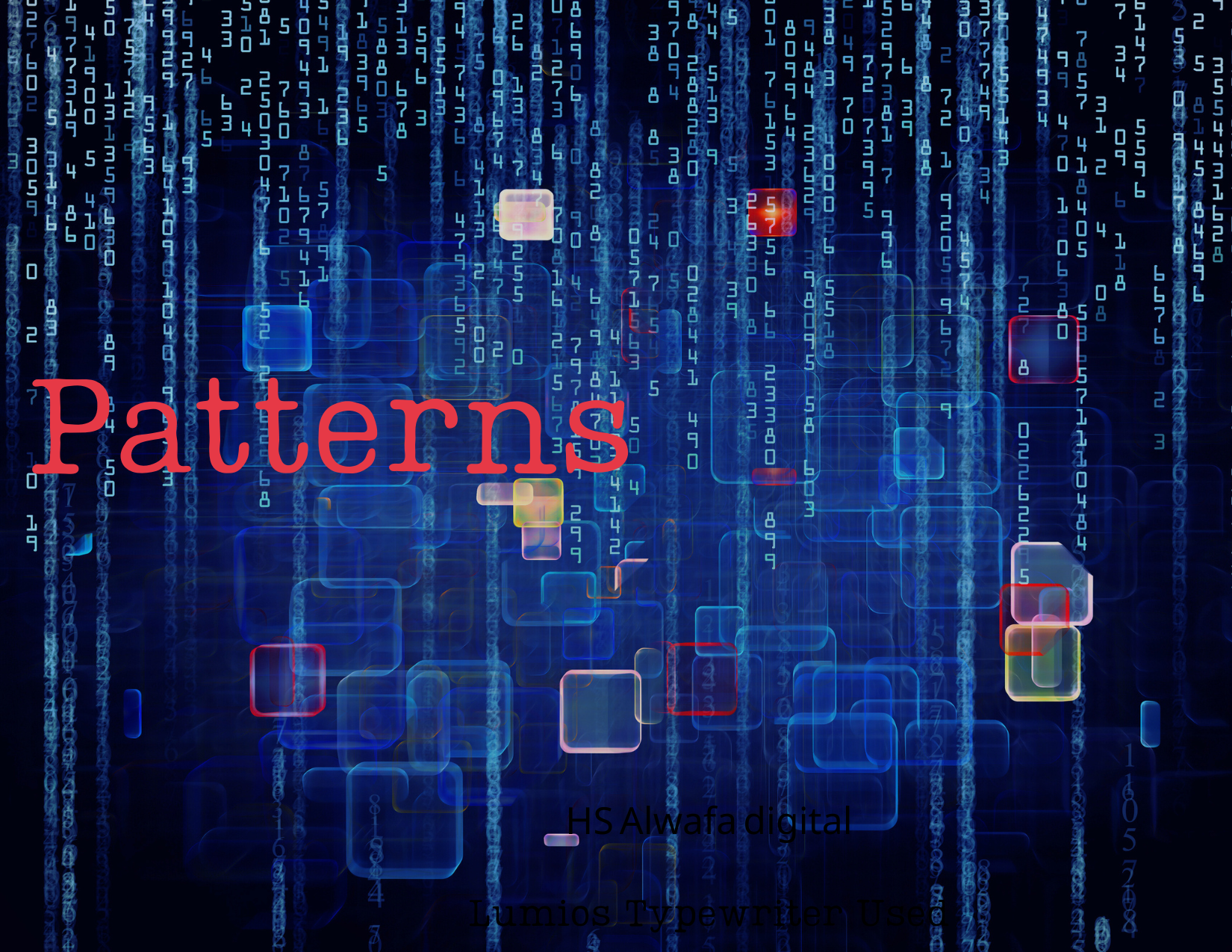Throughout my professional career, I have never seen or taken a managerial course about managing my emotions or the emotions of others in the workplace. Yet, during the course of my career, I have found that emotions are at the root of most of the behavior I have had to navigate.
For many of us, through the course of our working lives, the workplace has been heralded as an environment where you go to work to work and not make friends. A place where emotions perceived as positive, such as happiness, can be displayed but where emotions perceived as unfavorable, like disappointment, dissatisfaction, or sadness, are reserved.
What are emotions? Emotions are feelings that cause physical or psychological changes that affect one’s thoughts and behaviors. The six theories about emotions fall into three categories that try to identify what causes our emotions. The physiological theory of emotion is based on a more evolutionary view that, as humans, our emotions are based on responses that our bodies have towards what we encounter in the physical world, and our physical reactions cause certain emotions. Neurological theory is related to the belief that the hypothalamus in the brain receives signals that cause emotional reactions. Finally, the cognitive theory of how emotions are made is that we encounter situations, and our thoughts structure our emotions.
How do emotions differ from feelings? Emotions live in the unconscious mind and are formed by many factors that make up our unique lived experiences, such as the culture we grew up in or the trauma we might have endured. However, our feelings exist in our consciousness and manifest from our emotions.
What impact do emotions have on behavior? Emotional responses can impact our behavior for better or worse, depending on the circumstance that triggers a particular feeling. Research has shown that the top three positive emotions in the workplace are comfort, satisfaction, and enthusiasm. Conversely, the top three negative emotions in the workplace are frustration, stress, and anxiety. Two primary ways that emotions affect our behavior are in how we communicate and make decisions. Emotions also play a significant role in employee engagement.
Nine tips for managing emotions in the office:
- Understand yourself. The hardest part of being a good leader or manager is knowing yourself. Just like everyone else, you have strengths and weaknesses that, for better or for worse, will impact how you lead and manage. If you are aware that your flaws exist, you can work on them so that they do not negatively impact your relationship-building with your coworkers and team members. Understanding your relationship with your emotions is essential.
- Practice emotional awareness. If you can identify your emotions and what is driving them, you will be better able to identify mechanisms that you can use to manage your feelings constructively. This is important for increasing self-awareness and overcoming blind spots, two essential qualities for effective leadership. You can practice identifying your emotions using an emotion wheel. Investing time in understanding your emotional behavior will help you increase your emotional awareness with your employees.
- Practice your listening skills. Emotions are a point of feedback, and as a manager or leader, the best way to recognize when a team member is responding from a place of emotion is to listen at a fundamental human level. Empathetic listening is a skill that can be overlooked in management. As managers and leaders, we are usually told to be active listeners. However, empathetic listening differs from active listening. It requires being fully present and suspending all judgment. It goes beyond what is being said, hones in on how the person communicates, and taps into what is not explicitly stated. It requires using all six senses.
- Exercise curiosity with questions. Asking questions is a way to ensure that you are using many data points and not just simply filling in information gaps with assumptions. In addition, asking insightful questions can lead to greater empathy, connection, and engagement that will help you better identify when emotion might be driving a particular behavior in the workplace.
- Don’t diagnose. The role of a manager and leader is to collect data to help you better understand a situation but not to diagnose it. Beware of your own biases, which can result in misreading emotions or stereotyping emotions. Gender, racial, and cultural stereotyping is inappropriate and can misrepresent a given behavior. For example, it is well documented in the medical field that women and minorities receive different levels of pain care based on being perceived as emotional. In many instances, this leads to misdiagnosis.
- Create a safe space. Create feedback loops and check in periodically with your managers and employees. The goal is to create a space where the team feels comfortable enough to share information with you, building greater trust and leading to better problem-solving. Lead by example and be willing to be appropriately vulnerable. Be mindful of not trying to problem-solve. Use and activate your empathetic listening skills.
- Call out bad behavior. As a manager and leader, don’t let bad behavior go unchecked. The type of behavior that you accept becomes part of your culture. Often, managers are willing to overlook the poor behavior of team members who are considered high producers towards the bottom line. Unfortunately, those poorly behaved high producers create a culture where others don’t feel valued, affecting the team’s overall morale and productivity.
- Know what resources are available. It is always important to know what support services are available in your organization if you have an employee needing mental health or emotional support services. Reminder, you cannot ask an employee if they have a mental health or emotional issue, but you can let your team members know where they can seek help if they need it.
- Keep learning. Continual learning is a must for all of us. Be curious about articles, research, and differing points of view. Here is a book and podcast suggestion to get you started:
“Permission to Feel: Unlocking the Power of Emotions to Help Our Kids, Ourselves, and Our Society Thrive” by Marc Brackett, Ph.D.
WorkWell, a Deloitte podcast series. Emotions in the Workplace featuring Liz Fosslien.







